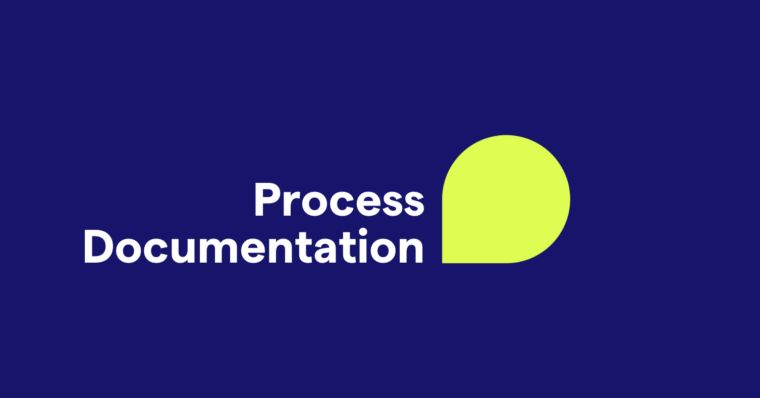
A problem statement is a summary of a problem its writer hopes to solve. It details the parties affected by the problem, the financial and other costs associated with the issue, and when applicable, the root causes of it.
What is a problem statement?
A problem statement briefly explains a problem you want to correct. In most cases, it doesn’t include a proposed solution. Rather, it simply states a problem and articulates the problem’s details. In some cases, a problem statement is known as an opportunity statement—generally when the statement presents an opportunity for innovation or growth rather than a problem to be solved.
Problem statements are often used in executive summaries for projects, business proposals, and research proposals. By stating a specific challenge, the problem statement demonstrates why the project or proposal is necessary.
Parts of a problem statement
A problem statement should be about 150 to 300 words. It doesn’t have to be overly descriptive, but it should be a few sentences long and provide enough information for the reader to fully grasp the issue. A strong problem statement includes the following pieces of information:
The problem’s cause(s) and background details
Start your problem statement with the problem’s cause—if one exists and you can name it. It’s possible you don’t know what caused the issue. In such cases, don’t make assumptions or look to assign blame. Instead, simply articulate exactly what’s happening.
The impact of the problem
After introducing the problem, discuss the people affected by it and how it affects them.
Other effects caused by the problem
The last component of a problem statement is the problem’s repercussions. Think of these as the broader impact the problem has on a group or organization.
How to write a problem statement in 5 steps
1 Answer the five Ws
The first step in writing a problem statement is answering the questions known as the five Ws:
- What?
- Where?
- Why?
- Who?
- When?
What is the problem? Where is the problem occurring? Why is it occurring? Who is it affecting? When does it cause difficulties?
The answers to these questions should provide a more comprehensive look at the situation. And a better understanding of the problem’s facets may make easier to write a well-constructed problem statement.
2 Describe the ideal situation
The next step is to write a description of the ideal scenario. If the problem didn’t exist, what would the reality be? Exploring the ideal situation helps you pinpoint the causes, details, and side effects of the problem you might have initially missed. Elements of this ideal situation may find their way into your problem statement or subsequent purpose statement.
3 Explain the problem and why it matters
With a clear, multi-angled picture of the problem, you’re ready to write a professional problem statement that articulates the situation at hand. In this step, present the information in a logical order: State the problem, the reason (or reasons) it’s a problem, and thus, why it needs to be fixed.
4 Explore the problem’s costs
In this step, explain why the problem matters by examining what it costs the people affected—financially and non-financially. For example, you may show that your company’s reliance on outdated software costs money for recurring repairs and that its resulting downtime also costs employee productivity.
4 Support your claim with facts
Last, make sure you have relevant facts and statistics to support your claim. Otherwise, there’s little reason for the reader to fund your research or support the changes you claim would resolve the problem.
Problem statement vs. purpose statement
Problem statements and purpose statements can be easily confused. A purpose statement follows a problem statement. After a problem is articulated in a problem statement, a purpose statement outlines how the author suggests fixing the problem. When presented by a company or organization, these statements are often provided alongside a mission statement.
Problem statement examples
Example 1
Since returning to the office full time, the Working Group’s productivity has decreased approximately 30 percent. Team members, delayed by rush-hour traffic, frequently arrive at work after 9 a.m. When they arrive, they are stressed and unable to focus for the first hour or so of their workday. This often means that about five hours’ worth of work is completed each eight-hour day, in contrast to the team’s higher productivity rate while working from home. Team members who work through lunch are not significantly more productive than their peers who take lunch. Our reduced productivity has made it difficult to acquire new clients in the past year. With fewer new clients than we onboarded in past years, the Hartsgrove Group is not projected to meet our revenue goals for this fiscal year.
Example 2
In the past three academic years, teachers in our elementary school have spent the month of September reviewing material their students learned in their previous grades rather than introducing new material. This trend has been noted in first-, second-, third-, and fourth-grade classrooms. Currently, students are not required to complete summer reading assignments, nor does our school provide academic resources throughout the summer break. Because students’ skills regress over the summer and they are retaught each September, teachers find themselves rushing through higher-level material later in the year in order to have students ready for state testing in the spring. When tested on this higher-level material, 40 percent of first- and second-grade students and 50 percent of third- and fourth-grade students are found to be performing below grade-level benchmarks as defined by the state’s core curriculum.
Problem statement FAQs
What is a problem statement?
A problem statement is a short paragraph, about 150 to 300 words, that clearly outlines a specific problem that needs solving.
What is the purpose of a problem statement?
The purpose of a problem statement is to articulate a problem, its causes, and its repercussions.
What are the parts of a problem statement?
A problem statement should include the following information:
- The problem’s causes and background details
- The people affected by the problem
- Other effects caused by the problem






